This year throughout the media, both traditional and blogs, there has been much written about this tragedy. Laura Clawson did a great job of telling the story in Triangle: Remembering the Fire and also pointed out that a longtime member of the Daily Kos community, has done great things to remember the lives of people lost on this day.
I wrote a photo diary last year about the memorial and tried to tell some of the stories. This year, just a few pictures of the much larger turnout than most years, the people who remember.
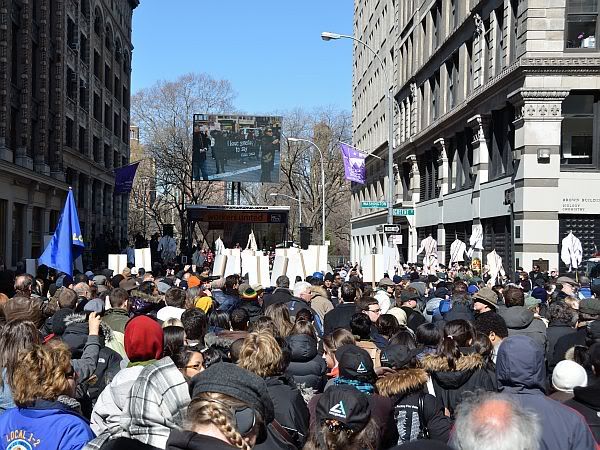
Some laborers with signs that have the names and ages of victims. Kate Leone was not the only fourteen year old.

Members of the once strong Union that was also so young when so many died.
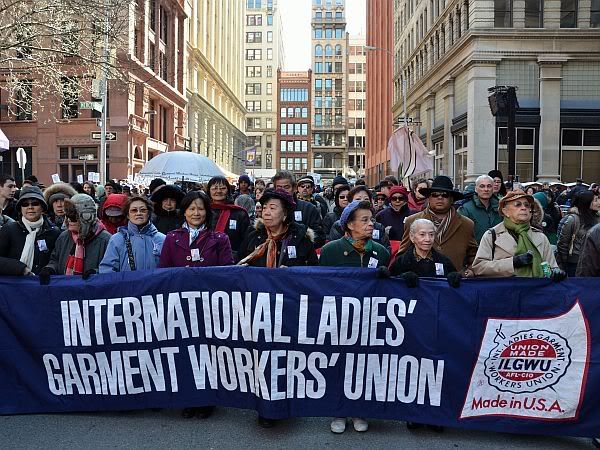
Many people who work to keep the memory alive, they carry shirts on sticks with the names of people who died either in the fire or jumping to there death to avoid the fire.
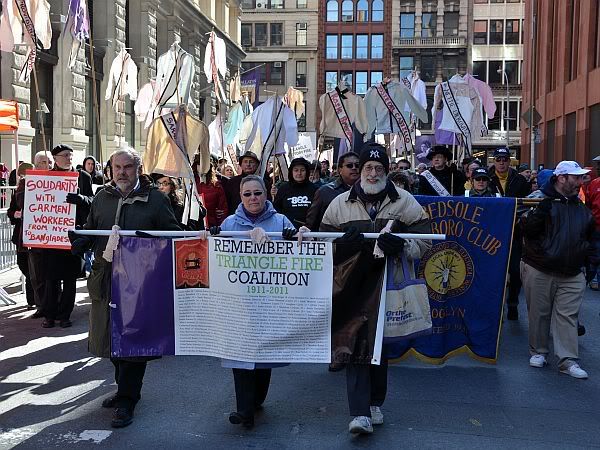

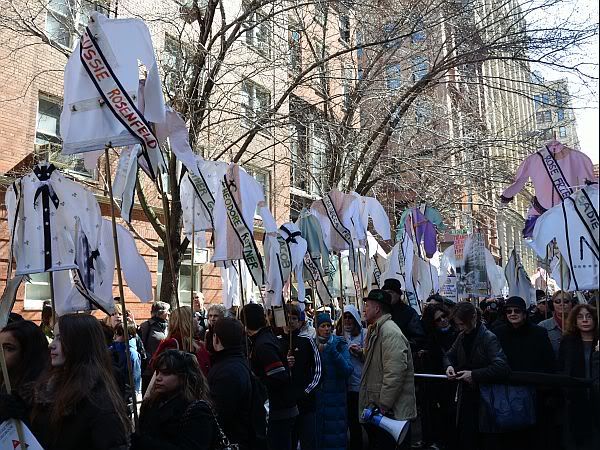
The building survived. You can see the top floors in the background here.
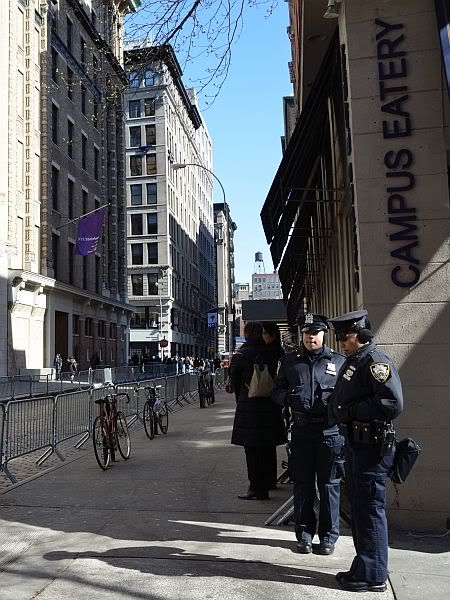
Blue and black banners hanging from some of the windows that Fire Department ladders could not reach.
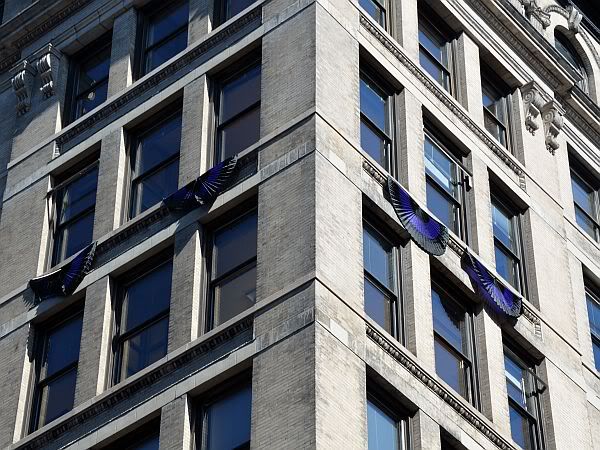
A view of this year's turnout.
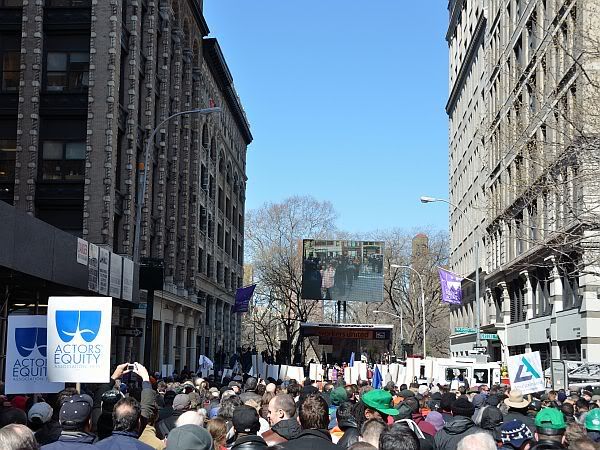
Musicians, members of Local 802, who played the marching music.

And just a few more photos of the people.
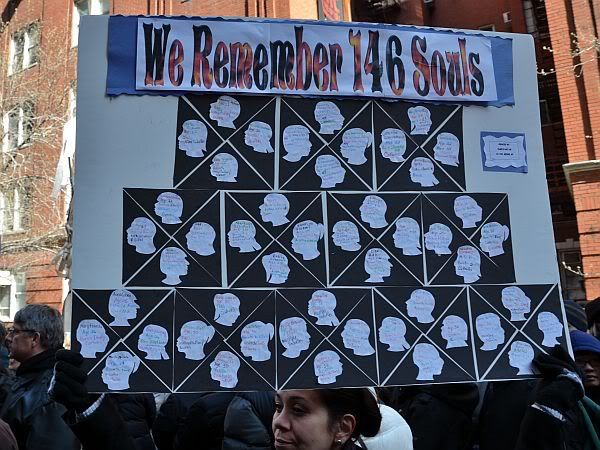
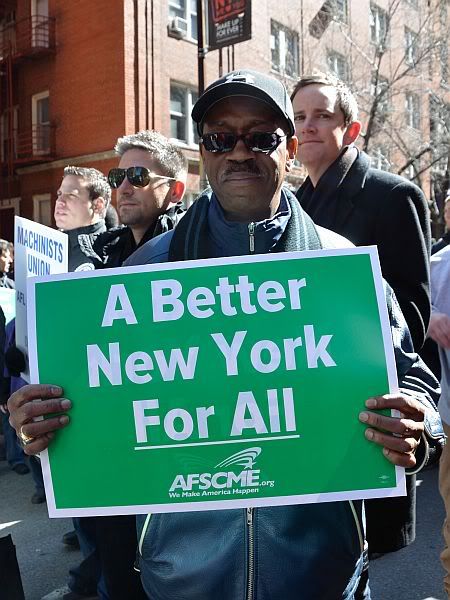

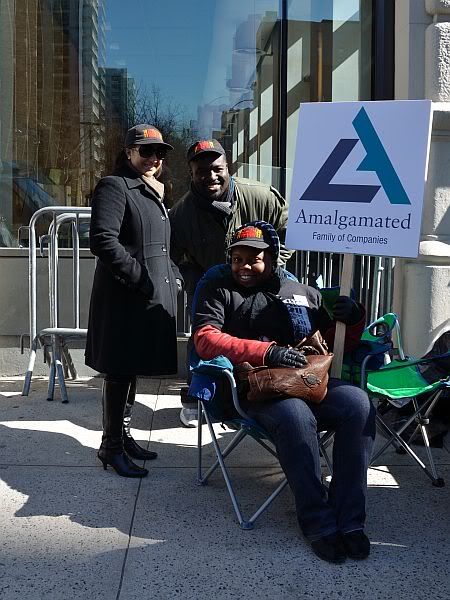
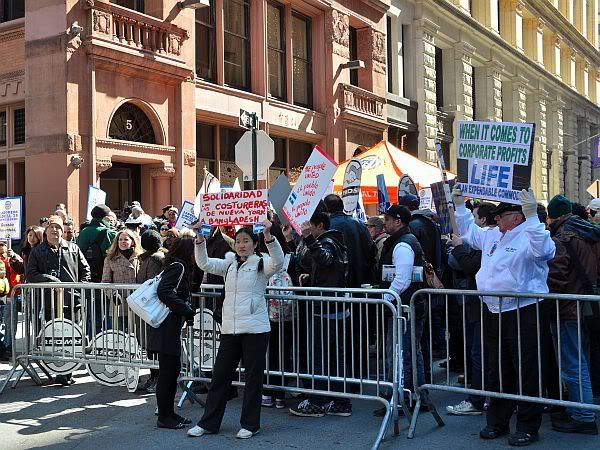
This year Eric Schneiderman, the Progressive New York State Attorney General, wrote a few words about the tragedy in a local newspaper.
Horrific deaths in Triangle Shirtwaist fire launched century of progress to safer, fairer workplaces
It was a tragedy that galvanized New York and America like almost no other.
A century ago today, the Triangle factory fire took the lives of 146 garment workers, almost all Jewish or Italian immigrants, almost all women, almost all young.
The United States opened its eyes for good to unsafe working conditions and the plight of those thrust into them.
In 1911, the world was more accepting of hazards, and business had freer rein to do as it pleased. Then, 18 minutes of flames and searing smoke raced through a Greenwich Village garment factory whose place on the ninth floor was both a sweatshop and a deathtrap.
There was no fire alarm. Fire escapes didn't function properly. Wages were unbelievably low, hours were unbelievably long, conditions were unsanitary and dangerous to health.
The girls who died were, some believed, inevitable casualties of industrial capitalism.
But then remarkable change happened. The New York State Legislature set up the Factory Investigating Commission, led by heretofore run-of-the-mill machine pols named Al Smith and Robert Wagner.
The commission led to three dozen new laws or regulations on workplace and fire safety, wages and hours, child labor and the acceptance of unions to organize and bargain collectively. After generations of building on those accomplishments, worker safety is, today, something 99 out of 100 of us can take for granted. Capitalism can work for workers, not against them.
So, as we remember the girls whose choice was certain death by fire and smoke or by jumping, we must remember, too, how this state led the nation in response.
Ashes to ashes? No, ashes to progress.
In the United States, from disaster comes progress, at least for some time. This year the were more people and higher profile speakers than most years but worker progress has gotten very hard to find.
That's about it. I already described what happens there in last year's diary. The Memorial is all about the people.

No comments:
Post a Comment